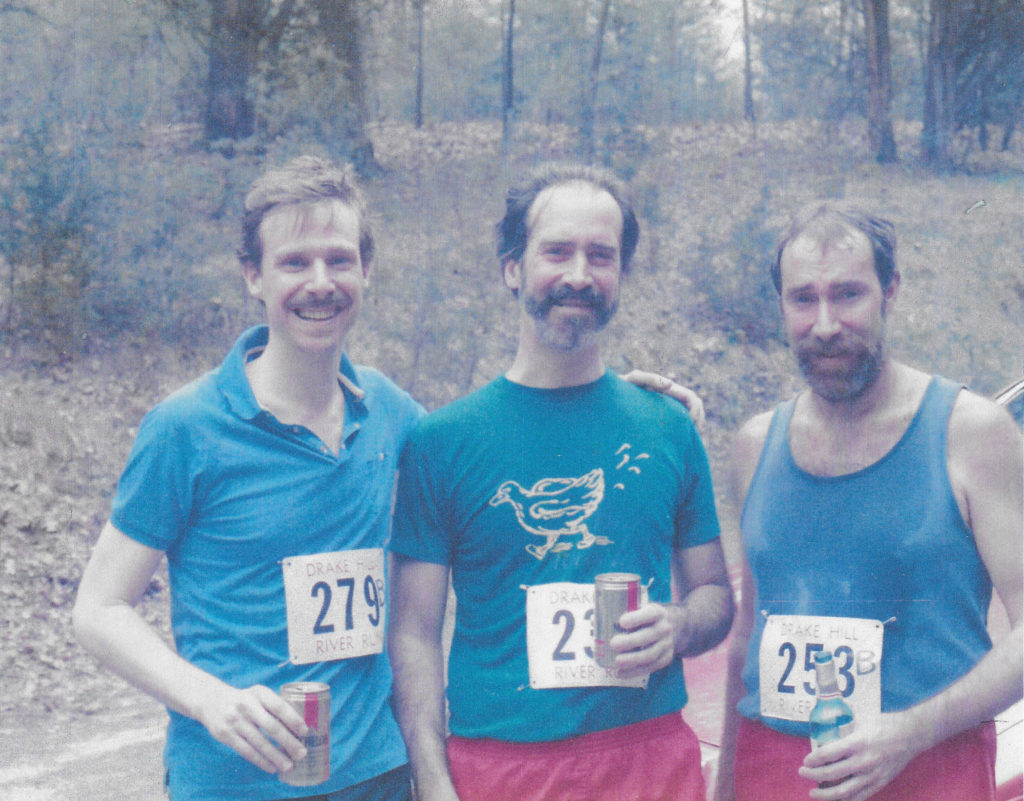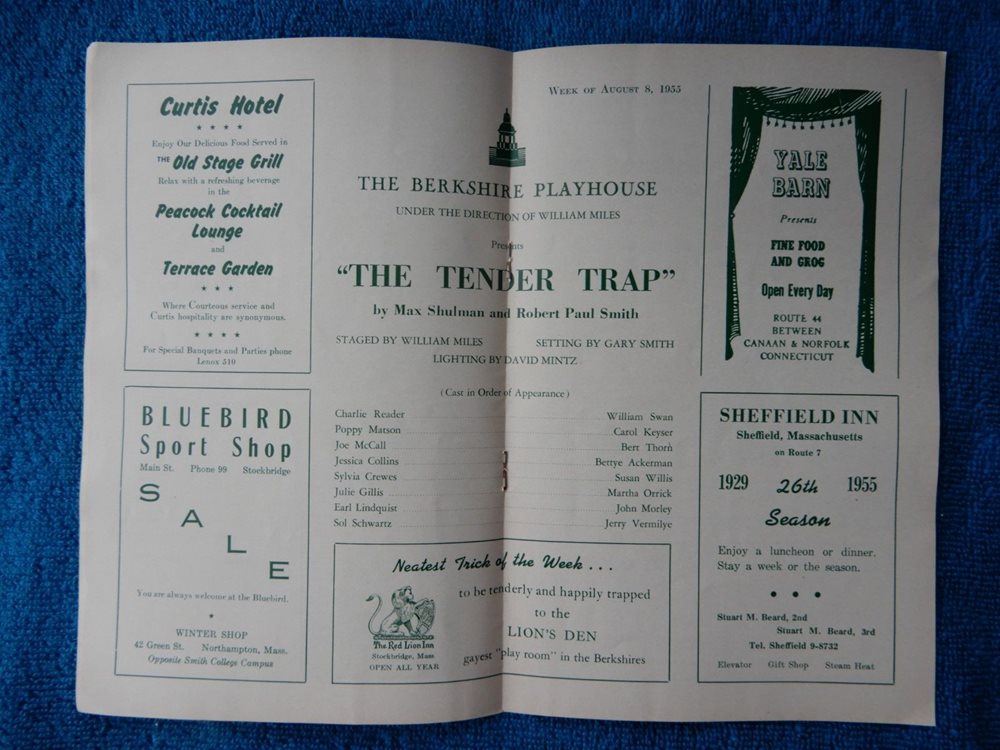I gladly accepted an invitation to participate in a panel discussion on Civic Engagement for the OLLI University Day program on August 15, 2019.
Here is a link to the Panel Presentation Outline I prepared for the program.
I was allotted five minutes to share my thoughts before entering into the panel discussion. This post is an expanded version of some of the things that might be covered in the ongoing conversation, or just as more examples of things I’ve done, the stimulate ideas among my readers.
My Life in Civic Engagement; What I have Done; What I have Learned
What is Civic Engagement? The word “civic” implies “local” community, but, in my mind, I have always extended its interpretation to include our wider society. As the saying goes, “Think Globally, Act Locally!”
Civic engagement means working to make a difference in the civic life of our communities and developing the combination of knowledge, skills, values and motivation to make that difference. It means promoting the quality of life in a community, through both political and non-political processes.
Lessons
learned in a long life:
- The
popular phrase “inside/outside” describes two different ways to
effect change: outsiders demand change and make suggestions by way
of public demonstrations, rallies, marches, letter-writing, and the
like. Insiders are people in power who have the ability to influence
change directly. Both are needed, and I’ve practiced both. In my
elder years, I have focused my energies more on passive approaches
to effecting change. This means being on the inside, on boards and
other positions of responsibility, but it also means trying to
influence those in power with persuasion, not demands.
- Any
organization or group is made stronger by the presence of a diverse
set of participants. We learn and prosper from our differences. Do
not hesitate to join in on a good cause, just because you don’t have
relevant credentials or training. Traditional cultures around the
world recognize that wisdom comes with age. You can learn facts and
rules, but only experience will bring you wisdom, that mysterious
ability to see patterns and predict outcomes. Diversity of
perspective and opinion is highly valuable.
My
life has been all about bringing people together.
We
can minimize the psychoanalysis for now, although I am eternally
curious about why I am the way I am. My guess is that my desire for
an inclusive world results from my innate wiring, and is connected in
some way with my autism (feeling separate and left out, yearning to
be included), but this is not the place to delve too deeply into
that.
All
my life I have known that I am different. Some of my earliest
memories involve feeling isolated by my difference, and I remember my
intense longing to be included. Perhaps that is why I have always
wanted to create a more inclusive world, and strongly empathize with
those who are excluded in any way.
Whatever its cause, my desire to smooth over differences has led me into a life of diplomacy, reconciliation, pacifism, and organizing. I’ve learned that people must be treated as the individuals they are; each person has a unique set of skills and interests — the challenge for a good manager or organizer is the find ways to break up tasks into small jobs that can be parsed out to people who enjoy them and are good at them.
I have inserted my management talents into all that I do, often unknowingly, and my skills have been recognized and rewarded by a society seemingly bent on conflict. In the business world, I found that giving subordinates the ability to succeed made them into fiercely loyal employees, and their productivity made me look good. Similarly, in political or civic organizing, helping people to shine and giving them public credit makes the hard work enjoyable for everyone.
EARLY
LIFE
I
don’t remember when I began to demand special treatment. But for as
long as I can remember, I refused to eat white bread or fish. The
seafood thing was clearly an olfactory accommodation; I just couldn’t
stomach the smell of the stuff. In the days of Wonder Bread, the
aversion to the gooey substance may have been, at least in part, a
tactile aversion.
In
one of my earliest childhood pictures (before school age), I stand
glowering at a toy on a table. I’m all dressed up in new overalls,
and the photographer had tried to make me smile by playing with
stuffed animals, but I was having none of it.
My
isolation and differences made kindergarten a challenge for me.
Things that seemed easy for others were not simple for me. I remember
two of my classmates making fun of the way I was playing with blocks.
I didn’t know there was anything particular one was supposed to do
with them. One of them pointed at me and said to the other, “Look!
He doesn’t know how to play with blocks!” Many years later, I was
able to laugh with Suzie and Izzie about this, but at the time it
puzzled and hurt me.
One
of the requirements for successfully completing the kindergarten year
was to be able to tie your own shoes. Despite numerous attempts on my
part to learn, I just could not get it. I was terrified that I would
not be allowed to ever leave kindergarten. One day, by accident, I
discovered a way to tie my shoes a different way. When the final exam
came, I was careful to use my method when the teacher wasn’t looking,
since I thought it was cheating. I passed!
Years
later, I told this story to an autism conference, as an example of
the learning differences inherent in autism. I described my method in
detail. Later, I was told by teachers and other professionals who had
been in attendance that they had conveyed my method to some of their
autistic students who were having the same difficulty, and who were
relieved and excited to be able, at long last, to tie their own
shoes. Nearly 70 years ago, I thought I was the only one; now I know
I wasn’t stupid or broken, just different.
Part
of my early practice as an organizer came from being the eldest of
five siblings. Although I always tried to arrive at consensus, it
fell to me to be the final arbiter of what game we would play that
day. If it was to be cowboys and Indians, I got to decide who was
which, and who got the cap guns. If it was building roads in the
driveway (not favored by the girls), I got to choose who was in
charge of the dump truck.
MORE EARLY LIFE
- Boy Scouts (Eagle Scout at age 14)
- Church youth group
- Locally: prepared Christmas cards to send to Indian reservations
- Statewide: I was once elected at a conference to deliver the closing prayer (quite an honor, I was told)
- Civil Rights movement
- National President, Student World Federalists (Vietnam era, anti-war, pro-UN)
BUSINESS CAREER (CFA, QUANTITATIVE FINANCIAL ANALYST)
LOCAL, STATE, and NATIONAL POLITICS
- Started Berkshires for Dean
- Which became Berkshires for Progressive Change
- Merged with Progressive Democrats of Massachusetts (PDM) and I became a member of the governing committee
- Accepted invitation to join the Steering Committee of the Berkshire Brigades
- co-founded Berkshire Win Without War (BWWW) to protest the 2003 invasion of Iraq
- Chair, Alford Democratic Town Committee
- Elected (on Presidential Primary Ballot) State Democratic Committee
- Patrick, Obama, Warren campaigns (among others)
- Served on Governor Patrick’s Transition Team, for Economic Development
AUTISM
- VP Board AANE
- Board President, Autism Connections
- Massachusetts Special Commission Relative to Autism
- Executive Committee, Advocates for Autism in Massachusetts (AFAM)
- Other task forces (e.g. data project at Shriver Center of UMass Medical)
- Speaker/Panelist at many conferences
- Facilitated support groups (for couples and for individuals) for many years
- Cross-Disability Advocacy Committee (CDAC) of the Massachusetts Disability Law Center (DLC)
TOWN GOVERNANCE
- Conservation Commission (wrote Berkshire Scenic Mountain Act regulations)
- Town Moderator (2004 to present)
- Chair of Fact-Finding Committee
- Board of Massachusetts Moderators Association (6 years)
EDUCATION (teaching, speaking)
- OLLI
- Boston Security Analyst Society (BSAS) (taught CFA prep courses on asset allocation, portfolio theory, and foreign exchange)
- Commencement Addresses at BU + UMass Medical
- Bay State (gave several classes on legislative advocacy)
- Elms College (taught graduate courses in the autism program)
- Columbia University Business School (guest speaker)
VOLUNTEER
- Berkshire Natural Resources Council (BNRC) — trail work, historical research, trail-side talks
- Mass Audubon
- many others











